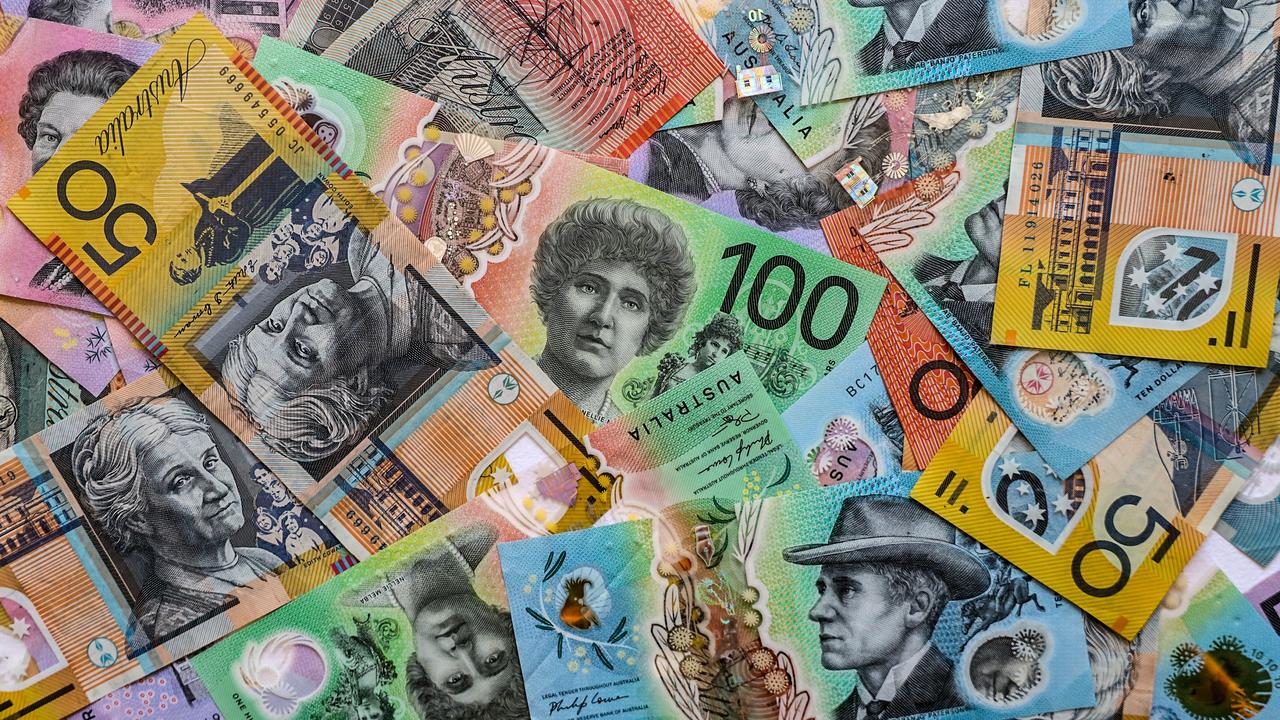The ‘burning bed’ was the first of many scandals for embattled bank Credit Suisse
Credit Suisse’s shock takeover may be due to recent events but the root cause of its woes goes back three decades – to a Sealy mattress.
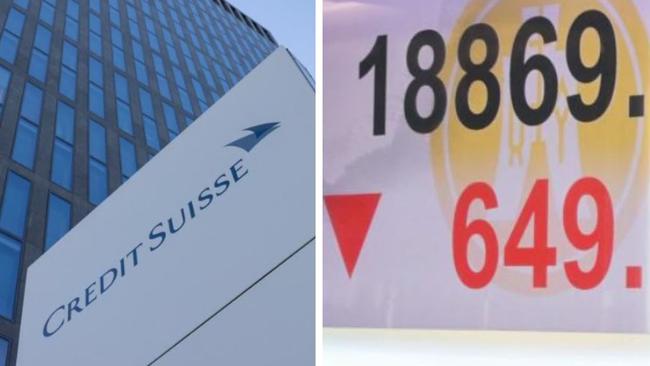
Banking
Don't miss out on the headlines from Banking. Followed categories will be added to My News.
The $5 billion deal that will see Credit Suisse fall into the arms of arch rival UBS was a reaction to the ripples from the failure of two smaller banks in the US and jitters in the financial markets.
But the seeds of the destruction of the 167-year-old Swiss institution were sown in the 1990s when it triumphed in a risky deal in the US. Then, emboldened, it kept on taking risks.
At the heart of a $1 billion deal, that catapulted Credit Suisse into a global powerhouse, was a mattress – or rather lots of mattresses. So infamous was the transaction in 1990, it became known as the “burning bed” deal.
On Sunday, UBS, Switzerland’s largest bank, agreed to by the embattled Credit Suisse – a bank that was seen as too big to fail – for three billion Swiss francs ($A4.84bn).
Buying the nation’s second largest bank will further bolster UBS, already one of Europe’s largest financial institutions, which will now have $7.5 trillion in assets.
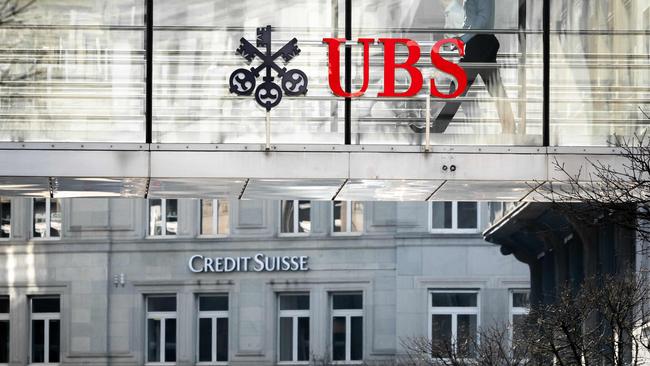
Swiss finance minister Karin Keller-Sutter said the bankruptcy of Credit Suisse could have caused “irreparable economic turmoil”.
“The UBS takeover of Credit Suisse has laid the foundation for greater stability both in Switzerland and internationally,” she said.
The deal will be an all-share transaction, with Credit Suisse shareholders receiving one UBS share for every 22.48 Credit Suisse shares held — equivalent to 0.76 Swiss francs per share — well below Friday’s closing price of 1.86 Swiss francs.
Holders of high-risk debt at Credit Suisse are among the biggest losers in the deal, with Swiss authorities requiring that 16 billion francs in so-called additional tier 1 (AT1) bonds be completely written off.
Switzerland’s largest bank UBS saw its shares rebound into positive territory on Monday afternoon following the buy.

Scandal after scandal
Credit Suisse’s fall from grace may seem recent and dramatic, but if any large bank was to fail in Europe it was this one.
For years the Zurich based institution has been beset by scandals. It made risky financial bets that unravelled – such as huge loans to Australian-British firm Greensill Capital, that went bankrupt in 2021, and to US hedge fund Archegos.
The same year it was fined $700 million after getting embroiled in a bribery scandal in the African nation of Mozambique.
In February 2002, it was alleged Credit Suisse had been looking after the assets of criminals and dictators for decades. While in June last year, it was fined in a money laundering case linked to a cocaine network.
Last month, before many people had even heard of Silicon Valley Bank, Credit Suisse shocked the financial world with a fourth quarter loss of $2.2bn which CEO Ulrich Koerner said was “completely unacceptable”.
Meanwhile, UBS’ fourth quarter saw it profit by more than $2.5 billion. Clearly it was doing something its fellow Zurich bank was not.
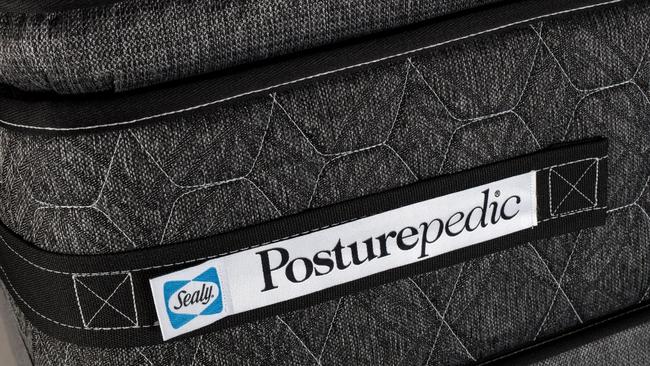
‘Burning bed’
The rot at Credit Suisse is not new. While it has certainly had some good years, the mattress deal of 1990 set the bank on a path that eventually led to its spectacular demise more than 30 years later.
At the time, Credit Suisse had a long relationship and joint venture with the First Boston investment bank in the US.
In the 1980s, First Boston was famous for financing takeovers and buyouts, so much so it became known as the “archetypal deal factory”.
The bank played the junk bond market. These bonds offer bigger returns but because they are riskier there is a higher chance of a default.
For years, First Boston’s dalliance in junk bonds enriched the firm. Until it didn’t.

In 1988, First Boston lent the buyers of the Ohio Mattress Company $US457 million to finance the deal.
The Ohio company was one of the US’ biggest mattress makers and traded under the popular Sealy brand.
But the next year the junk bond market collapsed leaving First Boston hundreds of millions of dollars short and the reluctant owner of a mattress factory.
Sensing an opportunity, Credit Suisse swooped in and eventually bailed out First Boston in 1990 for a mere $1bn, taking control of the bank in the process.
Financial laws in the US, that were designed to prevent commercial and investment banks from merging, were ignored by regulators in an effort to keep First Boston from going bankrupt.
The incident became known as the “burning bed”.
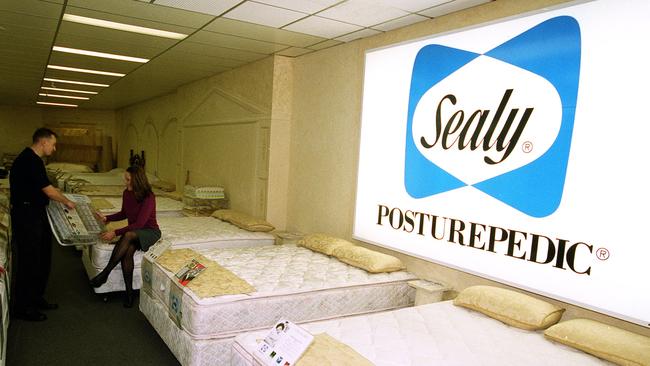
Risks continued
However, rather than learning the lesson of the burning bed incident, Credit Suisse First Boston, as it was now known, would later re-embrace junk bonds.
The acquisition of First Boston, far from taming the company’s US arm, actually appeared to lead the staid Swiss bank to take more and more risks.
It was an attitude that would – in the good times – lead to profits. But it also led to scandal after scandal.
Last year, Credit Suisse’s CEO Ulrich Koerner decided the way forward was to cut off the company’s US investment arm.

The First Boston name was to be resurrected and the firm sold off while Credit Suisse would return to its roots as a bank focused on Switzerland.
It wasn’t a bad plan, but it was a plan that came too late.
UBS will likely carve up Credit Suisse, keeping some bits and selling off the rest.
It’s almost certain the Credit Suisse name will soon be no more, laid to rest along with other financial failures like Bear Stearns and Lehman Brothers.
But it will be outlived by another famous name – Sealy mattresses. The brand First Boston made a bad bet on more than three decades ago and which that has ricocheted for Credit Suisse all these years later.
Originally published as The ‘burning bed’ was the first of many scandals for embattled bank Credit Suisse




